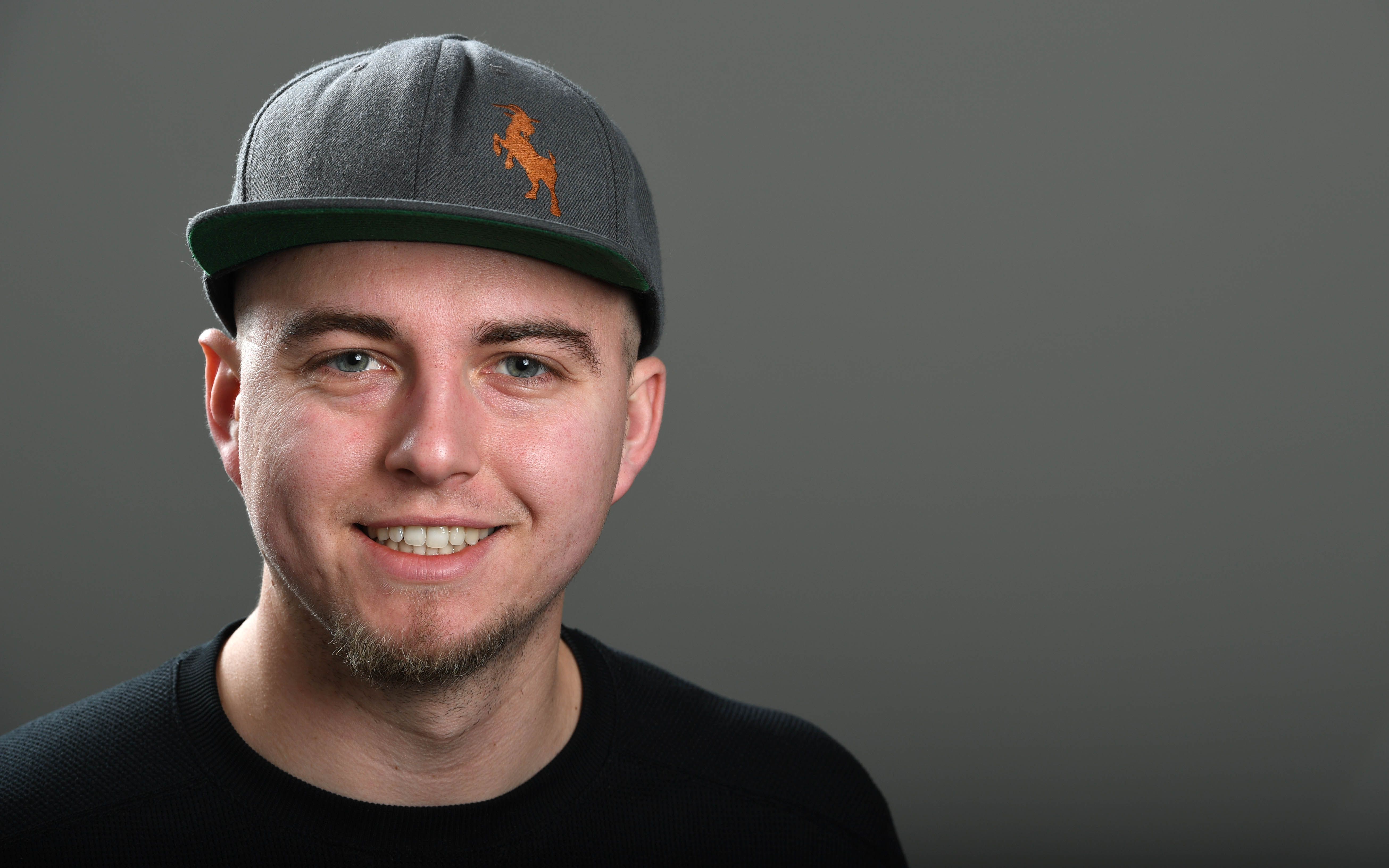Midseason Pac-12 power rankings and awards
Tomorrow the second half of Pac-12 play begins. Before that happens, let's see how the conference's teams and players have fared.
While no team has really seized the mantle and put together a season worthy of an especially high NCAA tournament seed, maybe no conference will receive more berths than the astoundingly deep Pac-12.
Right now the conference has eight – yes, eight – teams ranked in the RPI top-50 and Washington State (No. 158) is the only team outside the top-75. I'll tell you how I think those teams stack up in a bit. But first, let's hand out some awards.
Player of the Year:
G Andrew Andrews, Washington
There has been an odious tendency among the Pac-12's coaches over the last decade or longer to select the best player to select the best player on the conference's best team for this award. In fact, a player on the first or second-place team has won it every year since James Harden won while playing for for third-place Arizona State in 2008-09.
It's a thoroughly unhelpful practice – fans are fully capable of looking up the conference standings and statistics – and it means that many of the league's most impactful players have gone unrewarded.
This also often means that the league goes to a player whose absence would have barely more than a minimal impact on his team's success in a given year, given that the first-place team probably has enough talent to withstand the loss of its best player without falling more than a couple spots in the standings.
But resist, coaches! While Washington seems unlikely to sustain its hot start to conference play and will probably end the year about fifth in the standings, the sheer possibility of finishing in the Pac-12's top half only exists because of Andrews. In Pac-12 games, the fifth-year senior leads all players in scoring with 22.7 points per game, 4.3 points more than Isaac Hamilton who is second. Andrews ranks second in assists per game since the start of conference play with 5.8. And most importantly (and noted by Washington State coach Ernie Kent when throwing his endorsement to Andrews) the first-year point guard has a team that starts four true freshman looking at a probable NCAA tournament berth.
Before the season began, the media picked the Huskies to finish No. 11 in the Pac-12. If Andrews were injured at the start of conference play, the media would probably be correct. No player has had a bigger impact on his team's success this year and that's why Andrews should be UW's third Pac-12 Player of the Year.
Also considered: Dillon Brooks, Oregon; Gary Payton II, Oregon State; Jakob Poeltl, Utah.
Coach of the Year
Andy Enfield, USC
To me, the low point of the Andy Enfield tenure at USC came when this happened on Feb. 23, 2015:
For the social media illiterate, that's USC's official, team-run account endorsing a quote from Dick Vitale defending the Trojans coach by saying that two years was two early to fire him. It was damnation by faint praise and it was the only praise the marketers at USC could find.
But Vitale sure was on to something. The USC Trojans currently sit tied for second-place in the Pac-12 with a 6-3 conference record, and 17 wins overall. What's more, the Trojans are doing it with largely the same group of players Enfield coached last season (although freshmen Bennie Boatwright and Chimezie Metu are significant contributors.
And USC isn't going anywhere – the Trojans do not start a single senior.
Credit to Enfield, when he arrived in Los Angeles he took a few shots on the chin for throwing shade across town at UCLA and showing some brashness that his team did not back up for a couple years. But even as USC lost, Enfield was in the process of building a winner and with the Bruins sitting at 13-9, it looks like there might be a new basketball school in LA.
Also considered: Dana Altman, Lorenzo Romar.
Freshman of the Year:
Jaylen Brown, California
I don't think there's much controversy here, and NBA general managers agree with me. Brown leads all Pac-12 freshmen in scoring (15.8 ppg) even though he's still only playing 27.3 minutes per game. Brown is turning into a go-to player on a team that has studs like Tyrone Wallace and Jordan Matthews, and his ability to drive and finish from the forward spot is almost unparalleled in the conference.
Observe:
Better work on that defense, huh Mr. Bennett?
Also considered: Bennie Boatwright, USC; Dejounte Murray, Washington; Ivan Rabb, Cal.
Co-Defensive Players of the Year
Chris Boucher, Oregon; Gary Payton II; Oregon State
I just could not choose between the Pac-12's leading shot blocker (Boucher at 3.3 per game) and Gary Payton II at Oregon State. Part of the problem is that the Cougars have not played the Oregon schools yet, so I have not seen either of them live this year.
I initially leaned toward Payton, given his ability to cover half the court in halfcourt defense, challenge and contest shots and blanket opposing ball-handlers. But Boucher ranks fourth nationally in block percentage, sending back 13.1 percent of all two-pointers attempted while he is on the court.
Considering the defense skills of both players, it's no wonder the Ducks had their lowest output of the season in the 70-57 loss in Corvallis.
Pac-12 Power Rankings:
1.Oregon
2.USC
3.Arizona
4.Utah
5.Washington
6.Colorado
7.California
8.Oregon State
9.Stanford
10. UCLA
11. Arizona State
12. Washington State
